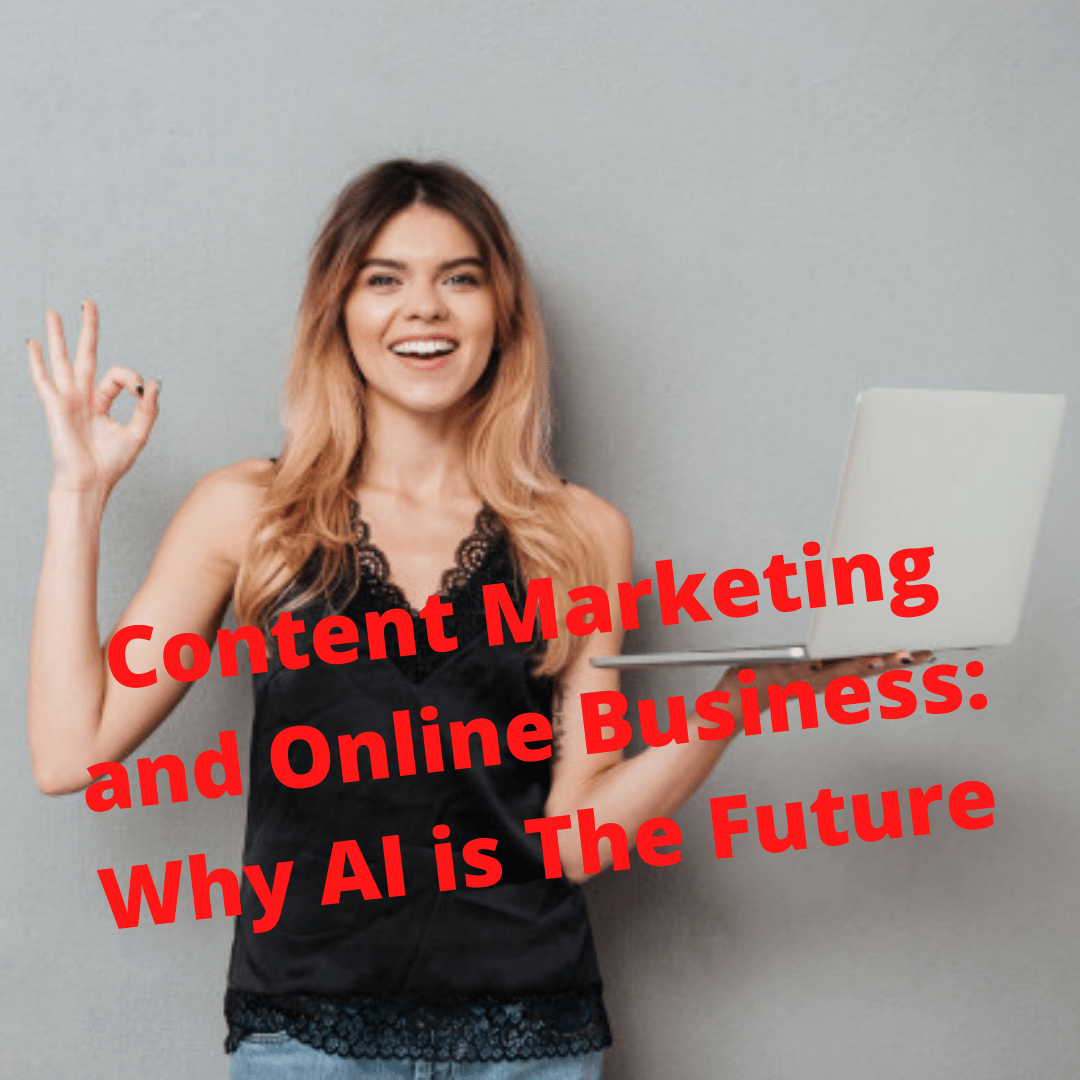
These days videos are the most effective marketing tools. Many stats and facts have proved this many times. Many businesses and marketers know the power of video marketing.
Now you can use a new, pretty powerful, kind of video. They are interactive videos.

Interactive videos generate user interactions through clicks, touch, etc. Interactive videos are very powerful because now videos have become pretty engaging and attractive like never before.
Your customers or video viewers can navigate through your videos. You can make a video about the benefits your product offers and include various links in the video itself. These links can direct the customers to explore certain features of your product in more detail, take them to the buying page, show them other variants, etc.
You can see how your customers can navigate through an interactive video to learn about the product features that matter to them.
You can make things easier and more attractive for your customers. Help them learn and navigate through the video content at their own will.
Interactive videos offer many benefits for organizations too. You can now include “call to action” in a more effective manner. Showcase a variety of things in a single video and add links to explore or purchase the products right away!

You may also include a link to download a catalog, in the video itself.
Interactive videos can be customizable to a whole new level. It is difficult to narrow down to something that each one of your prospective customers will like because everyone is different.
Interactive videos provide better control to the viewers, they have the liberty to shape the video as they go forward.
Intelligent marketers know that it’s good to educate their customers and leading organizations are always looking for effective ways to train their employees. Interactive videos are great for both these purposes.
A video can start with an overview of the topic and then provide the viewers with options to jump to the sub-topics that interest them. Drawings, annotations, labeling, etc. are an integral part of such videos.

Learners have the option to deep dive into one topic or clear doubts on the other. Interactive videos can also include a quiz at the end of the session.
Also, you can create personalized videos. Interactive videos can get data from viewers and modify the content accordingly. Viewers can change the language or theme of the video.
For instance, your video may ask for the name, gender, age, and occupation of the viewers. Accordingly, it can address the viewer by his/her name and display content based on the interests of the people of that gender, age, and educational background.
Many businesses have been taking advantage of these videos for the past few years. Pepsi, Loui Vuitton, Philips, and various other brands have produced interactive videos and have received a great response.
It’s very important to create interactive videos to increase visibility and traffic. Why not sell it!
— New Free System – Make Money From Home!

Make Unlimited Free Money for Free Members 100% Guaranteed While You Build!
$5 Free just for Signing Up Guaranteed
• No Paid Memberships so It’s Always Free
• Get paid in 7 Different ways
Get It Now! https://bit.ly/3cIqqRR
YouTube https://youtu.be/ljSkbynRC7E
![Augmented Reality: Why AR is The Future of Online Shopping [Infographic]](https://infographicjournal.com/wp-content/uploads/2020/07/augmented_reality_shopping_of_the_future.gif)
![Future Of Education: How Technology Will Change The Education [Infographic]](https://infographicjournal.com/wp-content/uploads/2020/03/ReImaginingSchools.png)
![Digital Marketing: Why Future is Video Marketing [Infographic]](https://www.bestprofitsonline.com/myblog/wp-content/uploads/2020/05/1-Digital-Marketing_-Why-Future-is-Video-Marketing.png)

